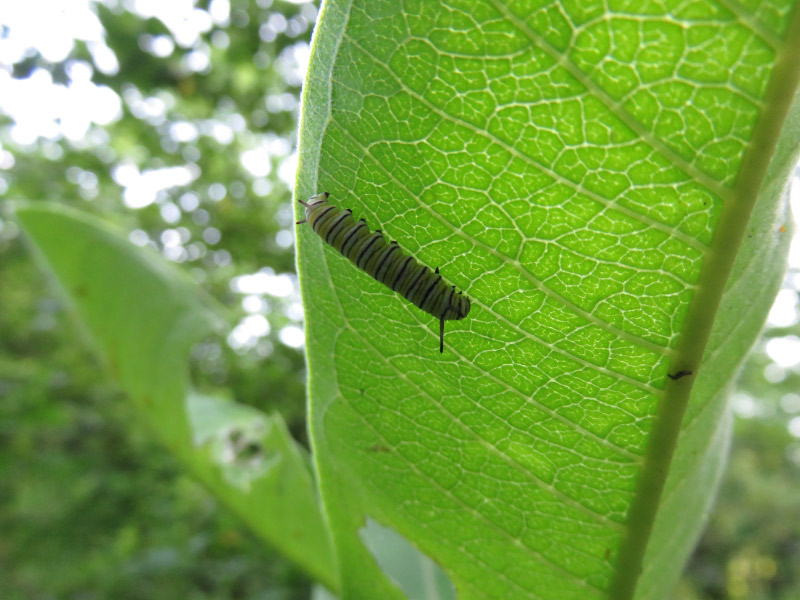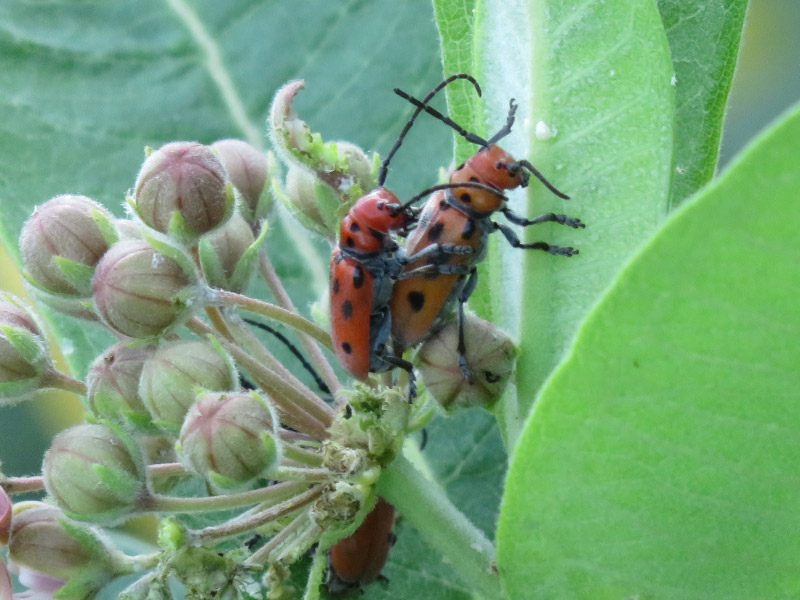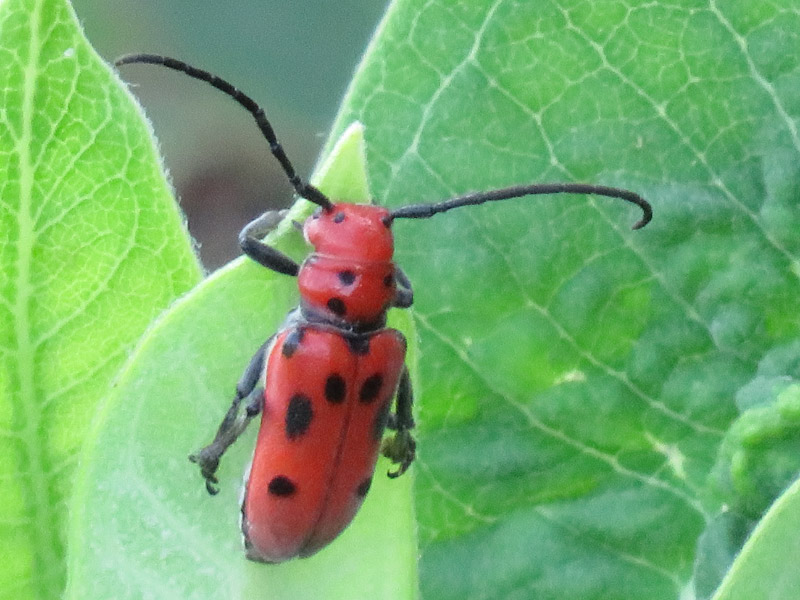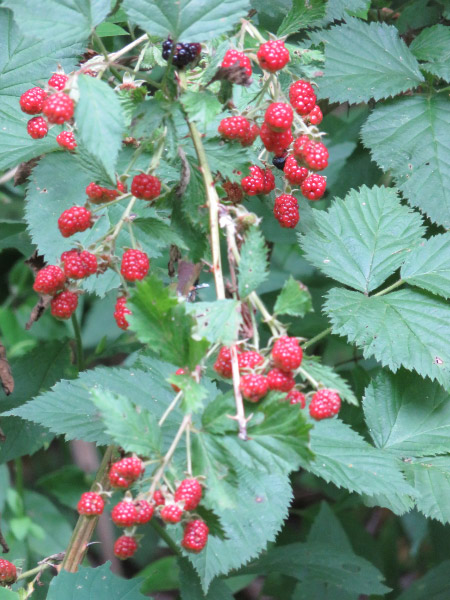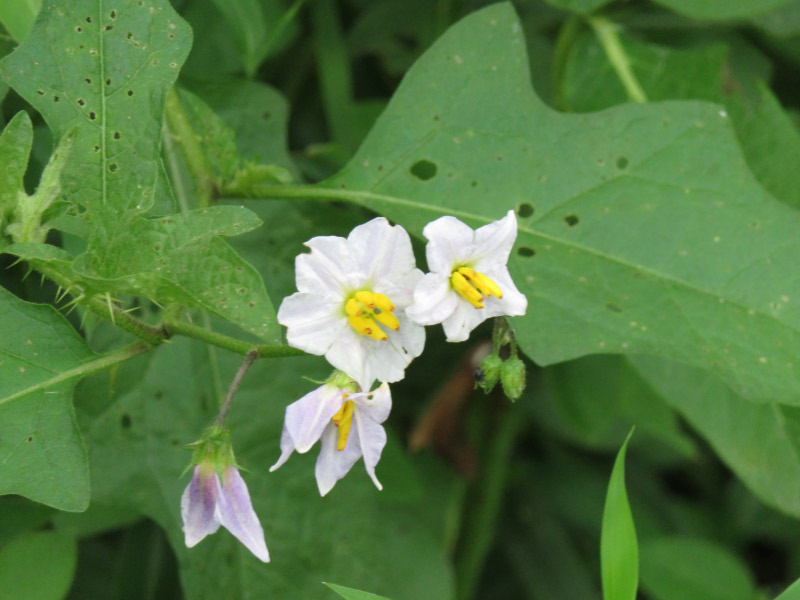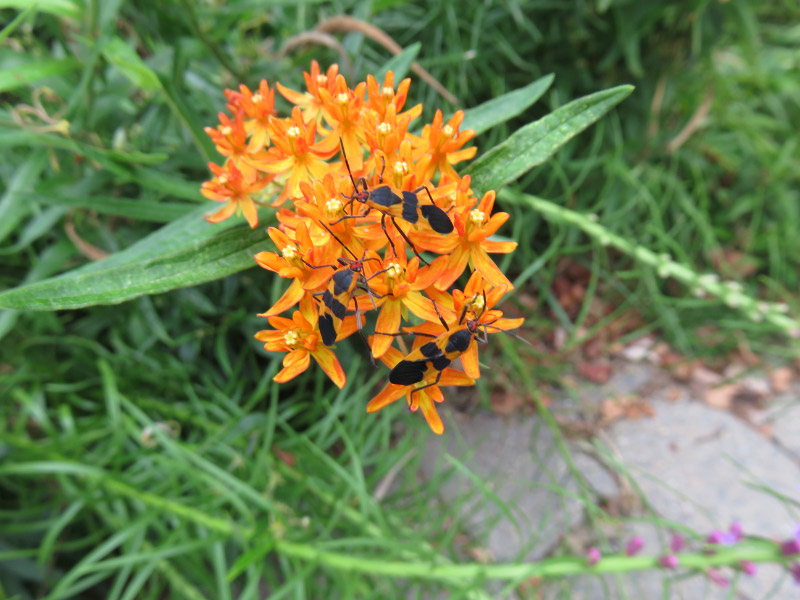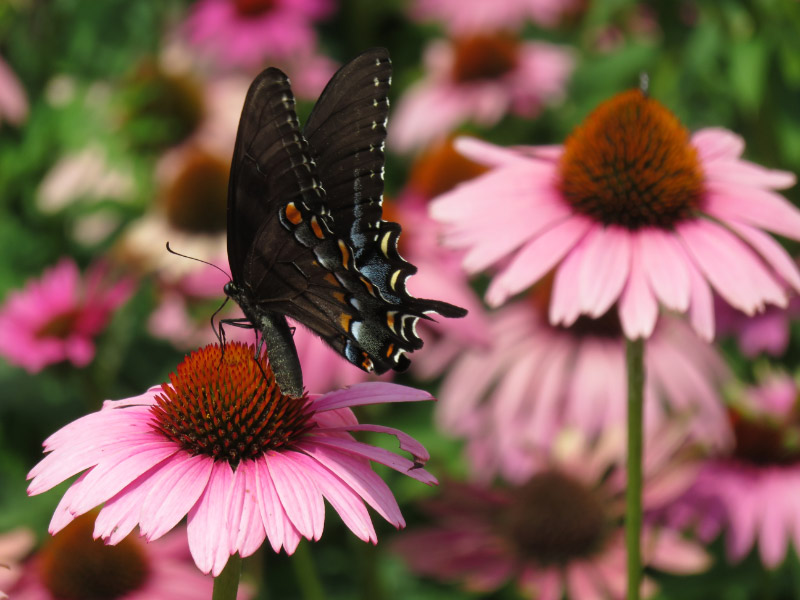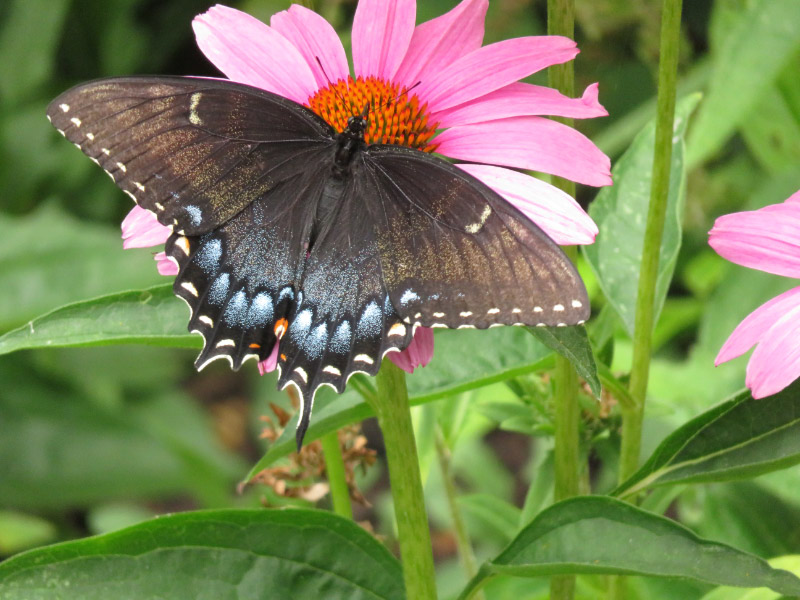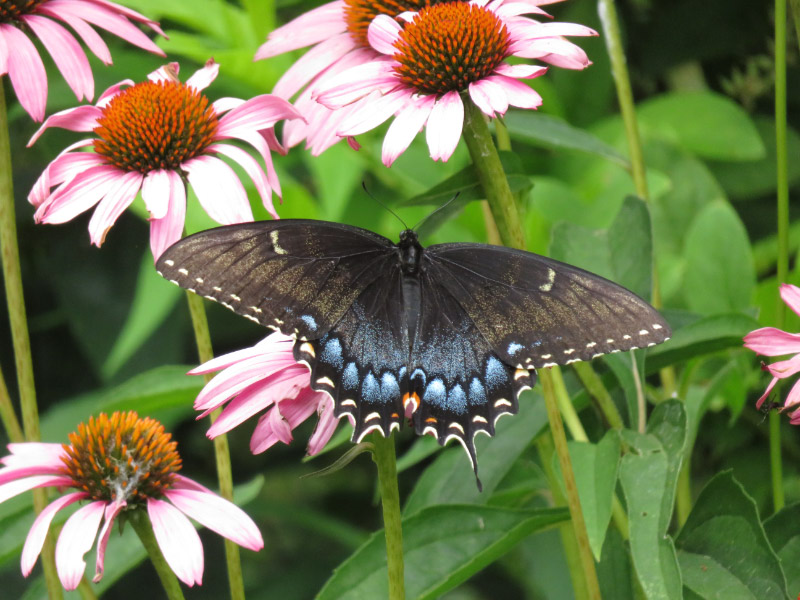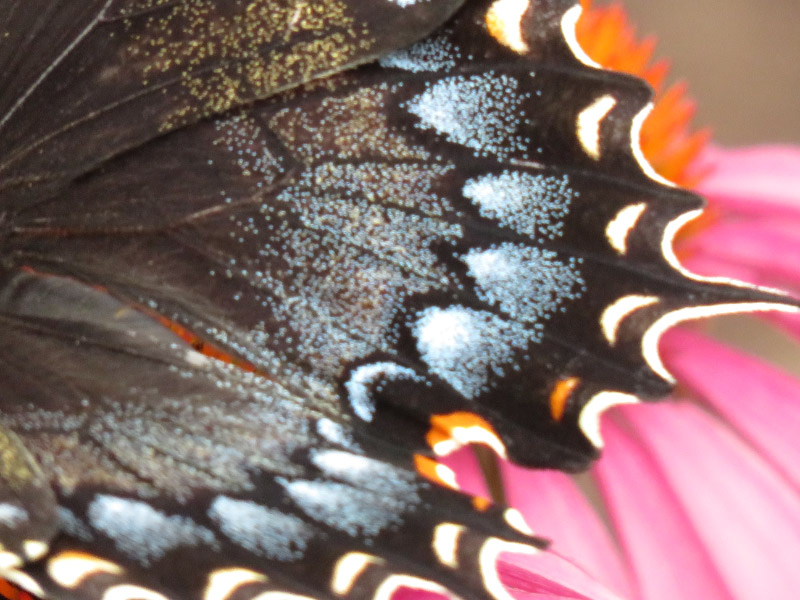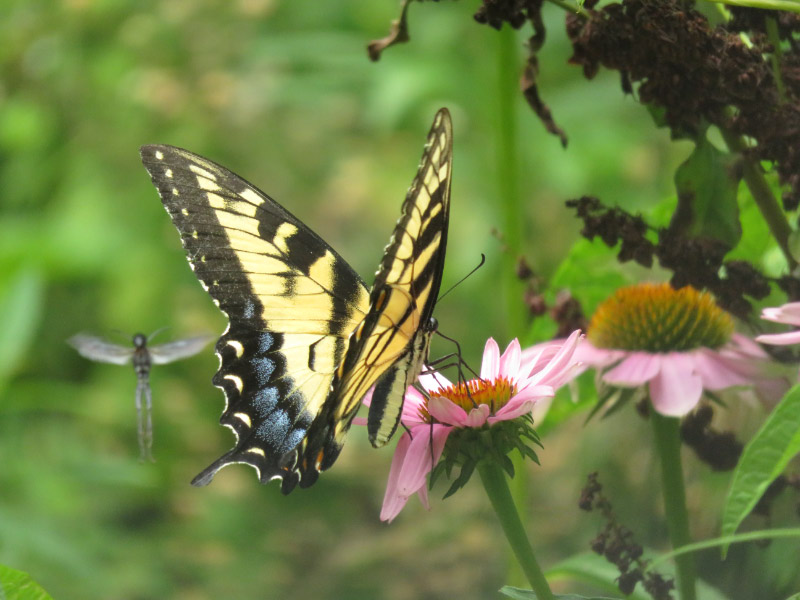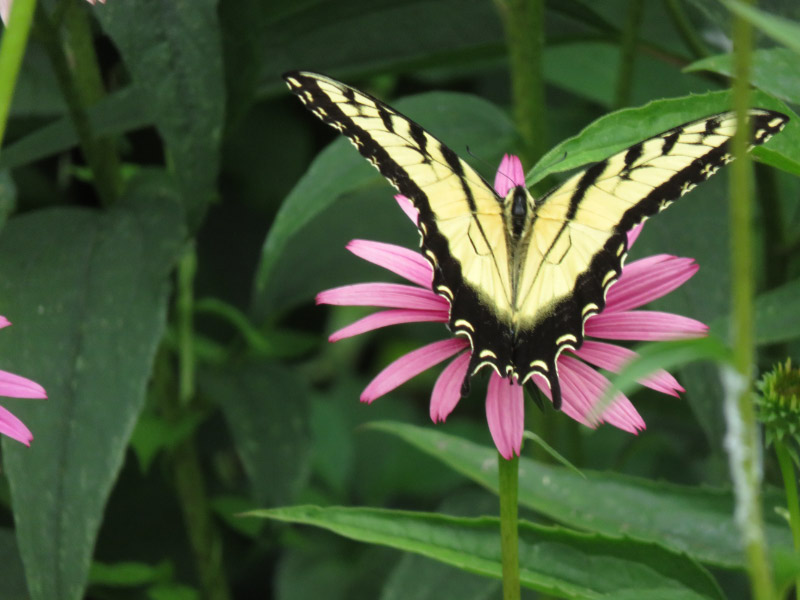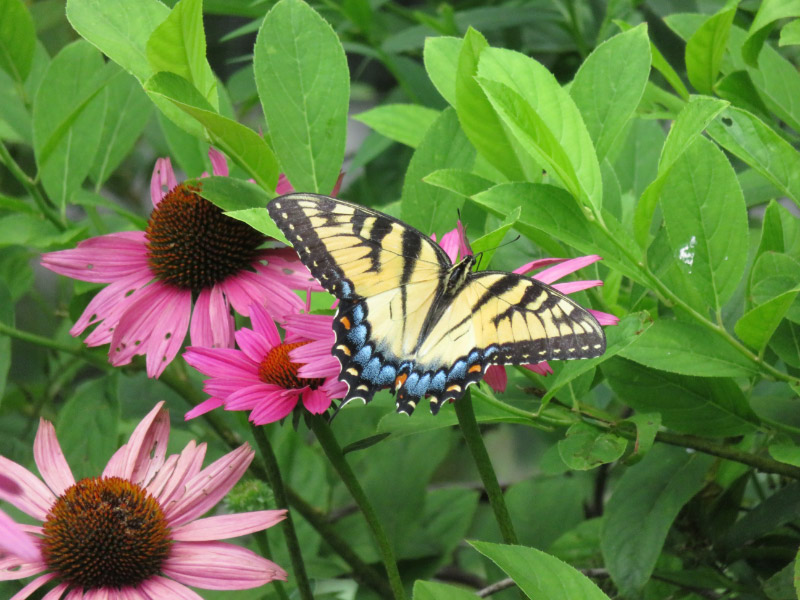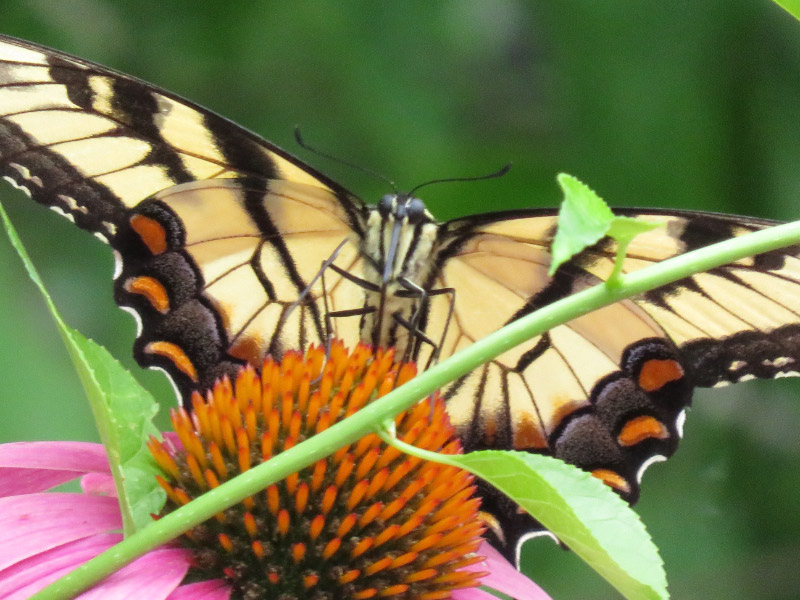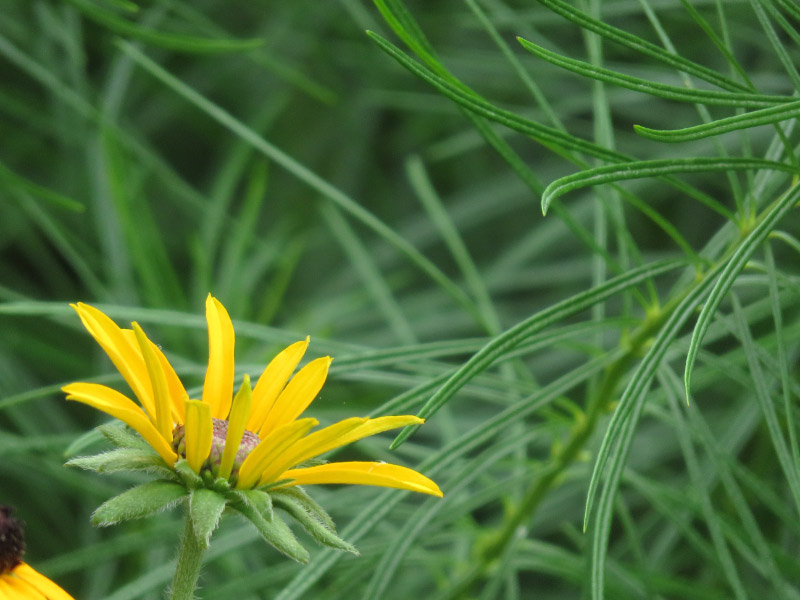Mating Bugs
/Warm mornings are popular times to photograph mating bugs. I happened upon three when I was really looking for other things.
These Japanese Beetles were on a blazing star next to the milkweed were the tussock moth caterpillars were my primary subjects. The Japanese beetle is an invasive species – and damages a lot of plants. The green and bronze iridescence of the adult forms do a have a beauty all their own….if only we had some predators to keep them in check.
The milkweed bugs seems to be everywhere – even on plants other than milkweeds. These two were mating but there were others just enjoying the flowers. They are seed eaters and the huge numbers of earlier instars will be seen on developing milkweed seed pods soon.
Red milkweed beetles are interesting to watch because their antennae are so long and – when they are not mating – they tend to move around the plant a lot. They vary in color from orange to red.
The most interesting thing about them is that each eye is bisected by an antenna!

